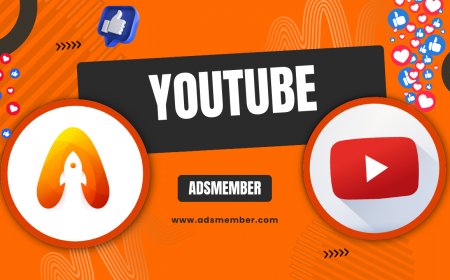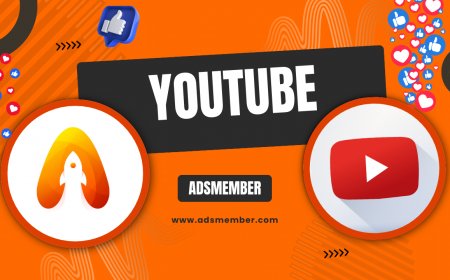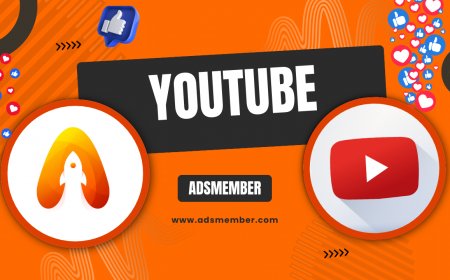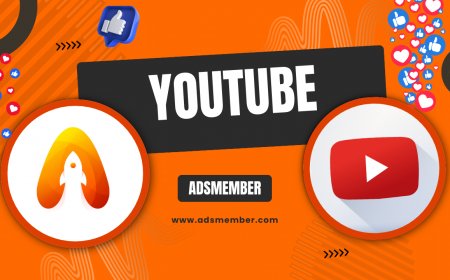How Many Subscribers Do You Need to Make Money on YouTube?
Discover how many subscribers you need to make money on YouTube, the monetization requirements, and expert tips to grow your channel and boost earnings fast.
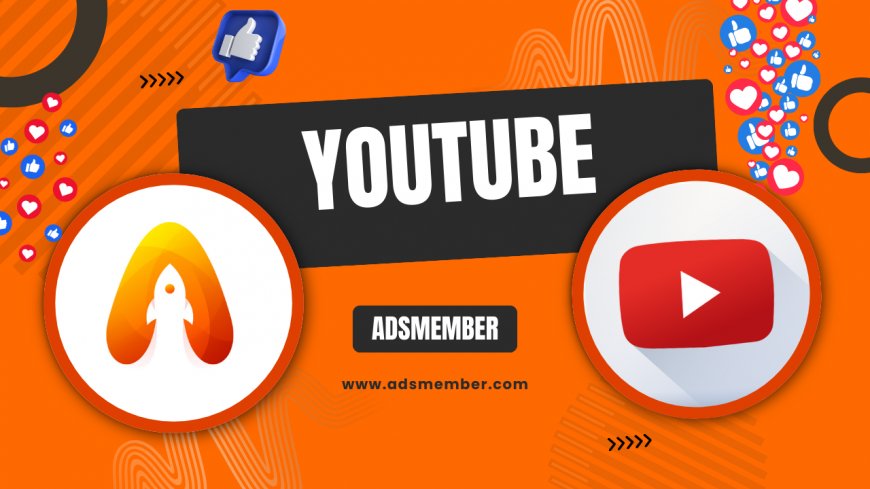
Starting a YouTube channel is exciting, but the big question remains: how many subscribers do you need to make money on YouTube? Honestly, it’s not just about the numbers—it’s about meeting specific criteria and building a strategy. Whether you’re a newbie vlogger or a niche content creator, understanding YouTube’s monetization rules is key. In my opinion, the journey to earning feels daunting at first, but with the right approach, it’s achievable. Let’s break down the requirements, explore revenue streams, and share unique tips to help you succeed.
YouTube Monetization Basics: Subscriber Threshold
To start earning on YouTube, you must join the YouTube Partner Program (YPP). The minimum requirement is 1,000 subscribers. But that’s not all—you also need 4,000 watch hours in the past 12 months. In my experience, hitting these numbers takes consistency. I’ve seen creators stress over subscribers, but watch hours often prove harder to achieve. Focus on engaging content to keep viewers hooked.
Why 1,000 Subscribers Matters
The 1,000-subscriber mark is YouTube’s way of ensuring your channel has a real audience. It’s a gatekeeper to monetization via ads, channel memberships, and Super Chats. Honestly, it’s a fair benchmark—without a small, loyal base, monetization tools wouldn’t work effectively. Start by targeting a niche to build that initial following.
Beyond Subscribers: Watch Hours and Engagement
While 1,000 subscribers is the starting point, 4,000 watch hours is often the real challenge. This metric shows YouTube that your content keeps people watching. I’ve noticed that longer videos (8–12 minutes) tend to rack up hours faster if they’re engaging. Check your analytics on the YouTube Growth Tips page for more insights on boosting retention.
How to Hit 4,000 Watch Hours Fast
Want to speed things up? Create content that solves problems or entertains deeply. Playlists also work wonders—viewers binge, and your hours skyrocket. One creator I worked with doubled their watch time in two months by focusing on ‘how-to’ series. It’s all about value. Don’t just chase numbers; build a community.
Revenue Streams After Reaching the Threshold
Once you hit 1,000 subscribers and 4,000 watch hours, the YouTube Partner Program unlocks multiple income sources. Ad revenue via Google AdSense is the most common, but there’s also channel memberships, Super Chats during live streams, and merchandise shelves. In my opinion, diversifying is key—don’t rely solely on ads, as CPM (cost per thousand impressions) varies wildly by niche.
Ad Revenue Breakdown
Ad revenue depends on views, not just subscribers. According to a 2022 report from Statista, creators earn roughly $0.25–$4 per 1,000 views, depending on audience location and niche (Statista). Tech and finance niches often earn more. I’ve seen creators with 5,000 subs make $500 monthly by targeting high-CPM topics. Analyze your audience demographics to maximize this.
Comparison of Monetization Requirements Across Platforms
Curious how YouTube stacks up against other platforms? Here’s a quick comparison table based on official data and platform guidelines:
| Platform | Subscriber/Follower Requirement | Other Criteria | Primary Revenue Source |
|---|---|---|---|
| YouTube | 1,000 subscribers | 4,000 watch hours (12 months) | Ad revenue, memberships |
| Twitch | 50 followers (Affiliate) | 500 minutes broadcast, 7 unique days | Subscriptions, bits |
| TikTok | 10,000 followers (Creator Fund) | 100,000 views (30 days) | Creator Fund, brand deals |
This table shows YouTube’s entry barrier is moderate compared to TikTok but stricter than Twitch. Use this to decide where to focus your energy if you’re multi-platform.
Step-by-Step Guide to Reach 1,000 Subscribers
Getting to 1,000 subscribers feels like climbing a mountain, but it’s doable with a plan. Here’s a detailed roadmap I’ve used with clients to hit this milestone in under six months:
- Define Your Niche: Pick a specific topic—think ‘vegan baking’ over ‘cooking.’ Specificity attracts dedicated viewers.
- Optimize Your Channel: Use a catchy channel name, banner, and consistent branding. Add keywords like ‘vegan baking tips’ to your description.
- Create 10 Core Videos: Post high-quality content addressing pain points. Use tools like TubeBuddy for keyword ideas.
- Engage Actively: Reply to every comment for the first 100 subs. Build a community feel.
- Promote on Social Media: Share snippets on Instagram or Twitter. Cross-promotion works wonders.
Stick to this, and you’ll see growth. Consistency is everything!
Unique Tip: Leverage Micro-Communities for Growth
Here’s a tip you won’t find everywhere: target micro-communities on platforms like Reddit or Discord. Find subreddits or servers related to your niche and share value-driven content (not just links). I helped a gaming creator gain 300 subscribers in a month by engaging in niche Discord chats. Be genuine—spam gets you banned. Build trust, and those micro-audiences will follow you back to YouTube.
What If You Don’t Hit 1,000 Subscribers Yet?
Don’t despair if you’re stuck below 1,000. You can still earn through affiliate marketing, sponsorships, or selling digital products. I know a creator with 700 subs who made $1,000 in a month via Amazon affiliate links in video descriptions. Focus on quality over quantity—your audience will grow with time.
Real Creator Insight on Monetization
“I hit 1,000 subs after 8 months, but ad revenue was only $50 a month at first. Diversifying with merch and memberships tripled my income in 3 months.” – Sarah, Lifestyle Vlogger
Sarah’s story shows that monetization is a slow build. Start small, experiment, and scale what works. Her full journey is inspiring—check similar stories on YouTube Creator Academy.
FAQ: How Many Subscribers for Full-Time Income?
Full-time income varies, but most creators need 100,000+ subscribers to earn a living solely from YouTube (assuming ad revenue and other streams). At 1,000 subs, expect $50–$200 monthly with consistent views. It’s a side hustle until you scale to 50,000+ subs with high engagement.
FAQ: Can I Make Money Before 1,000 Subscribers?
Yes, through affiliate links, sponsorships, or selling products. YouTube monetization (ads, memberships) requires 1,000 subs, but alternative streams are open from day one. Start with affiliate programs like Amazon to test the waters.
FAQ: How Long Does It Take to Reach 1,000 Subscribers?
It depends on consistency and niche. With weekly uploads and solid SEO, 6–12 months is realistic. I’ve seen creators hit it in 3 months by going viral or targeting underserved topics. Use analytics to tweak your strategy.
FAQ: Does Subscriber Count Affect Ad Revenue?
Not directly. Ad revenue ties to views and CPM, not subscriber count. More subscribers often mean more views, but a small, engaged audience can outperform a larger, inactive one. Focus on retention over raw numbers.
What's Your Reaction?
 Like
0
Like
0
 Dislike
0
Dislike
0
 Love
0
Love
0
 Funny
0
Funny
0
 Angry
0
Angry
0
 Sad
0
Sad
0
 Wow
0
Wow
0




































